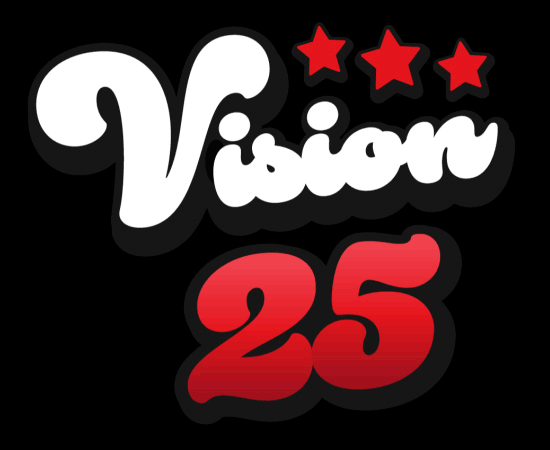
by Joseph Landes
Managed service providers (MSPs) in The 20 play a very important role in the adoption of cloud IT environments and the evolution of technology for the small and medium-size businesses they serve. This is particularly true with a powerful, yet complex, cloud environment like Microsoft Azure. SMBs look to MSPs in The 20 to expertly optimize itto fit their needs. But MSPs should also be on the lookout for how Azure can improve their own business needs—namely decreased costs and higher gross profit margins.
Here are five tips from Nerdio for The 20 members to optimize Azure costs and infrastructure to increase margins and make more money offering and reselling Azure.
1. Become a Microsoft Cloud Solution Provider (CSP) Reseller
Becoming a CSP reseller makes it easier for MSPs to transact Azure. In addition, CSP resellers receive a discount off Azure list prices via a CSP distributor—typically large providers—and thereby increase margins. CSP resellers are also eligible for various incentives that Microsoft makes available to its CSPs based on growth objectives. These incentives are incremental to the discount received on Azure consumption and can be in the 10% range or more when added up. Reach out to an IT distributor and ask how to become a CSP reseller or visit Microsoft’s website for more detailed information.
2. Leverage Azure Reserved Instances
The cost of virtual machines (VMs) in Azure is the single most expensive component of a typical MSP’s IT environment. Reserved instances (RIs) are reservations of a specific type of compute capacity (i.e., VM family/series) in a specific geographic location (i.e., Azure region) for a predefined period of time (12 or 36 months). Depending on the above specifics, using RIs and reserving compute capacity ahead of time can save you from 20% to 57% relative to the list pay-as-you-go price. They do require some advance planning, budgeting, and structuring of your Azure account the right way, but can significantly increase the profitability of your Azure practice.
3. Capitalize on Azure Hybrid Usage
Microsoft has created a special entitlement called Azure Hybrid Usage (AHU) that allows MSPs to pay for Windows Server via another licensing program and not through Azure. Essentially, you can bring the Windows Server licenses you already paid for to the cloud for free. As a result, the Windows Server OS meter stops spinning. AHU is a benefit unique to Azure; you can’t bring your own Windows server license to other major cloud providers. Combining RIs with AHU and CSP software subscriptions can reduce the cost of VMs by up to 80%. It goes without saying that the margin impact to an MSP from such significant cost reductions cannot be overlooked.
4. Auto-scaling for Cost Optimization
The value proposition of Azure as a public cloud is its utility-like consumption billing model: Pay only for what you use. To do this, MSPs need a mechanism to know what compute is needed and when, and a system that automatically resizes workloads to fit the demand at any given time. This means that if a VM doesn’t need to be on, a system
needs to be in place to know it and act on it by shutting down the VM at the appropriate time and then turning it back on when it’s needed again.
Azure automation platforms do exactly this, as MSPs can set business hours for each VM and tell the system what to do with the VM outside of those hours: leave it alone, shut it down, or change it to something smaller. The system will then automatically execute these instructions, resizing the VM after the end of business hours and then prior to the start of the next business day.
5. Burstable VM Instances
B-series Azure VMs are known as “burstable” VMs. They are used for non-CPU-intensive workloads (for example, domain controllers and file servers) and cost about 50% of an equivalently sized D-series VM. Burstable VMs are cheaper because Azure imposes a quota on how much of the total CPU cores can be used. Every second that the VM is using less than its quota it is “banking credits” that can be used to burst up to the total available CPUs when needed. While bursting, the VM is consuming its banked credits. Once the credits run out, the VM’s CPU utilization is throttled down to a lower utilization quota.
As you can see, these tips provide multiple ways for MSPs in The 20 to optimize their Azure consumption and increase their profitability. Understanding these tips will help you reconfigure their Azure architecture, determine how much margin they can achieve, and recognize how to build a successful and profitable cloud practice in Azure. Nerdio’s automation platform allows the members of The 20 to achieve all of this and much more. Check us out at the upcoming VISION event or on our website at www.getnerdio.com.
Interested in learning more? Don’t miss Nerdio at The 20’s upcoming VISION Conference!
Joseph Landes is the Chief Revenue Officer at Nerdio—a cloud company whose mission is to enable MSPs to build successful cloud practices in Microsoft Azure. He previous worked at Microsoft for 23 years leading high performing international sales and marketing teams. When not visiting MSPs you can find him trying to visit every country in the world or reading great literary fiction.


